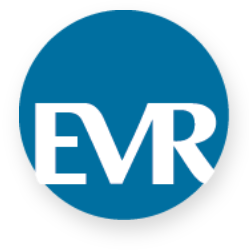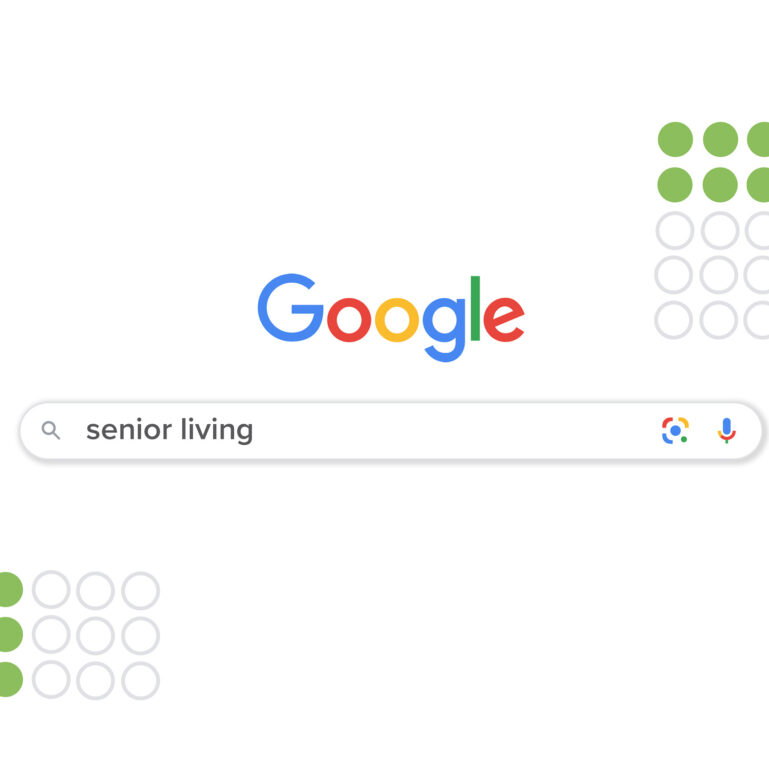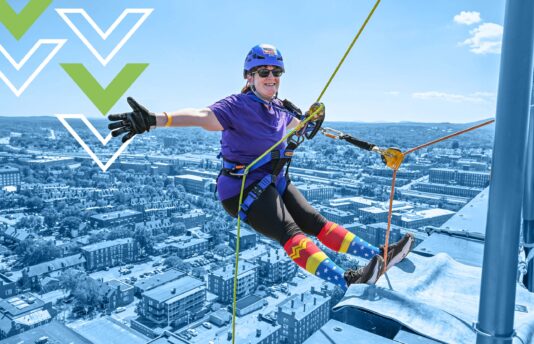In today’s digital-first landscape, prospects and their families looking for senior living communities rely on online searches more than ever. Ranking high on search engines isn’t just an advantage—it’s a necessity. A well-executed senior living SEO strategy boosts visibility and ensures your community is discovered by the right audience at the right time.
A key part of your SEO strategy should be to regularly update your website so search engines index and re-index it frequently. Do this by updating blogs, news stories, event articles and even activities schedules. You will also want to ensure your community is included on local directories that drive backlinks to your website. Follow the action items in this article to begin working toward mastering SEO for your senior living community.
Understand Your Audience’s Search Behavior
Many senior living prospects aren’t familiar with industry jargon like “continuing care retirement community” or “life plan community.” Instead, they use broader search terms, such as:
- “Best retirement homes near me.”
- “Senior apartments with meals included.”
- “Help for aging parents.”
Your website should address these common searches while also educating users about their options. Creating content that explains key differences—such as independent living vs. assisted living or rental vs. buy-in models—ensures your community appears during early research stages.
Action Item: Write a blog post titled “Assisted Living vs. Independent Living: How to Know Which Retirement Option Is Right for You” to help guide searchers and maximize the value of all keywords.
Target Adult Children in Your Senior Living SEO Strategy
Adult children are sometimes the primary decision-makers—or at least the initial researchers—when exploring senior living options for a parent. Their concerns are typically different from those of their aging loved ones, leading them to search for topics like:
- “How do I talk to my parents about moving to senior living?”
- “Signs my parent needs assisted living.”
- “How much does senior living cost?”
To effectively reach this audience, your content strategy should meet them where they are: looking for clarity, reassurance and practical tools.
1. Create Targeted Content and Resources
Adult children need help navigating an emotionally and financially complex decision. Offering resources tailored to their perspective positions your community as a trusted expert early in their journey.
Action Item:
Build a “Family Guide to Senior Living” with helpful, downloadable tools like:
- “Conversation Starters for Discussing Senior Living with Parents.”
- “Cost Comparison Worksheet for Senior Living Options.”
- A dedicated blog or resource page for adult children navigating care decisions.
2. Use Targeted Email and Drip Campaigns
Adult children rarely act after a single website visit. A thoughtful email sequence keeps your community top of mind as they move through their research and decision phases.
Action Items:
- Segment your email list based on behavior or readiness (e.g., “early-stage researchers,” “ready to tour,” “out-of-town children”).
- Develop a drip campaign with monthly or bi-monthly sends, featuring:
- Articles like “Financing Senior Living: What to Know.”
- Infographics, checklists or recorded webinars.
- Invitations to virtual info sessions or Q&A events.
3. Highlight Peace of Mind and Support Features
Adult children are looking for a place that not only supports their parent’s needs but also eases their own concerns. Emphasize convenience, care and communication tools.
Action Items:
Promote features like:
- On-site medical care and transportation.
- Tech-enabled wellness and monitoring apps.
- Video-calling capabilities and family support groups.
- Create a “Peace of Mind Toolkit”—a landing page or downloadable PDF that highlights these offerings.
4. Leverage Social Proof Through Dual Testimonials
Testimonials build trust, especially when prospective families hear from others in similar situations. Including both the adult child and the resident creates a more complete, emotional narrative.
Action Items:
- Produce short video testimonials featuring adult children reflecting on the decision-making process and their parent’s positive experience.
- Launch a blog series such as “From Their Perspective: Why I Chose This Community for My Parent” or “My Mom’s Move-In Journey.”
When adult children feel informed, supported and emotionally connected, they’re more likely to engage with your community. By combining SEO-friendly content, nurturing emails, trust-building tools and powerful testimonials, you meet their needs across channels—and build a lasting impression before the first call or tour.
Let your strategy reflect what they’re really searching for: guidance, reassurance and peace of mind.
Local vs. National Senior Living SEO: Which One Matters for Your Community?
Target keywords for senior living should always include geographic context—but the scope depends on your market:
Local-Focused Communities
If most residents come from nearby, optimize for hyper-local searches like “senior living in [Your Town].” Ranking in Google’s Local Pack (those top three map results) is essential, but don’t stop there. While Google is still the king of search, many older adults—especially those using default browsers on PCs—are likely searching via Bing. Overlooking it could mean missing your primary audience.
Action Items:
- Claim and fully optimize your Google Business Profile with accurate details, photos and fresh reviews.
- Claim your Bing Places for Business listing. It’s a quick win that helps you appear in Bing’s local results, which often show up through Edge and Internet Explorer.
Destination Communities
If your community draws residents from out of state or even regionally, shift your focus to broader keywords like “best luxury senior living in New England.” Here, it’s not just about geography—it’s about standing out with what makes your community worth the move. Spotlight resort-style amenities, natural surroundings and travel convenience.
- Create unique, location-specific landing pages or microsites for each community.
- Include fresh, community-level content, like activities calendars, local events and updated photos, to give visitors a feel for the lifestyle.
- Make sure these pages are optimized for both Google and Bing search engines.
Sunrise Senior Living excels at this by creating microsites for each location filled with unique local content and regularly updated activity schedules. This not only feeds search engines with fresh, relevant information but also helps prospects find exactly what they need.
Treat SEO as an Ecosystem
SEO is more than just keywords—it’s about positioning your community as a trusted, authoritative resource. Here’s how to strengthen your SEO strategy:
- Content Matters: Publish a new blog post once a week to keep your site active and engaging for both visitors and search engines. Set a schedule to refresh older content every three to six months—updating stats, links and messaging as needed to maintain accuracy. Before emailing or posting any blog content to social media, always review it to ensure it’s still relevant, timely and aligned with your current strategy.
- Backlinks Build Credibility: Earning links from reputable websites—such as senior care directories, local news outlets, healthcare blogs or community organizations—sends strong trust signals to search engines. These backlinks act like endorsements, showing that your content is considered valuable and reliable by others. This improves your domain authority, increases your chances of ranking higher in search results and helps position your community as a trusted resource for senior living information. Quality matters more than quantity, so focus on building relationships with credible sites that align with your audience.
- Accuracy Is Key: Ensure your name, address and phone number are consistent across directories like Google Business Profile, Yelp and A Place for Mom.
Action Item: Set a quarterly SEO audit to update all online listings and ensure accuracy.
How AI Is Changing the Way People Find You
AI is changing how families search for senior living—quickly. Tools like Google’s AI Overviews and ChatGPT are now pulling answers straight from websites, so your content needs to be clear, conversational and helpful. Think FAQs, real questions people ask and straightforward answers. The more your content sounds like a conversation, the more likely it is to show up in AI-powered search results.
That said, the human side still matters most. Sharing your residents’ stories, your team’s perspective and the small things that make your community feel like home builds trust—something no chatbot can replicate. To help your content connect with both AI and real families, here are a few quick tips:
- Write like you talk. Use natural language families might actually type into a search bar.
- Use a Q&A format. It’s easier for AI—and people—to scan and understand.
- Share real-life stories. Testimonials and move-in journeys add warmth and credibility.
- Keep it local. Mention towns, neighborhoods and landmarks that matter to your audience.
- Refresh content often. Update blog posts, photos and activity calendars regularly.
- Use AI as a tool, not a voice. Let it help with research or drafting—but always keep your tone human and authentic.
Done right, AI can help your content work harder for you—bringing in the right people at the right moment and making sure they feel seen before they even step through your door.
The Bottom Line: SEO Is a Long–Term Investment
SEO isn’t a quick fix. It’s an ongoing effort that builds trust and brings in high-quality leads over time. On at least a quarterly basis, track key performance indicators such as organic website traffic, lead generation and conversion rates to evaluate what’s working and where there’s room to improve.
Consider creating a scorecard or dashboard to consistently measure SEO progress. Track metrics such as organic search impressions to understand how your visibility is growing, individual keyword rankings to monitor your placement on search results and traffic from organic search to assess how well your content is performing. Watch how your top keywords shift month to month—this not only shows how your audience’s search behavior is evolving but also helps you adjust your strategy to maintain or improve your rankings.
By understanding your audience’s search habits, regularly updating your website content, optimizing for the right geographic visibility and becoming a trusted resource, your senior living community will attract more qualified traffic and convert more inquiries into move-ins.
Want to see how your community’s SEO stacks up?
Start by searching the terms your ideal residents might use and see where your community ranks. Remember to not just use industry jargon! If you’re not a top search result, it may be time to refine your strategy.
Contact us today to explore how our agile and holistic marketing solutions can support your senior living community’s goals.











